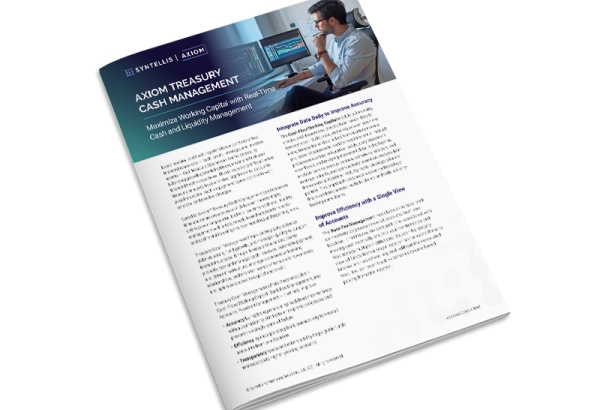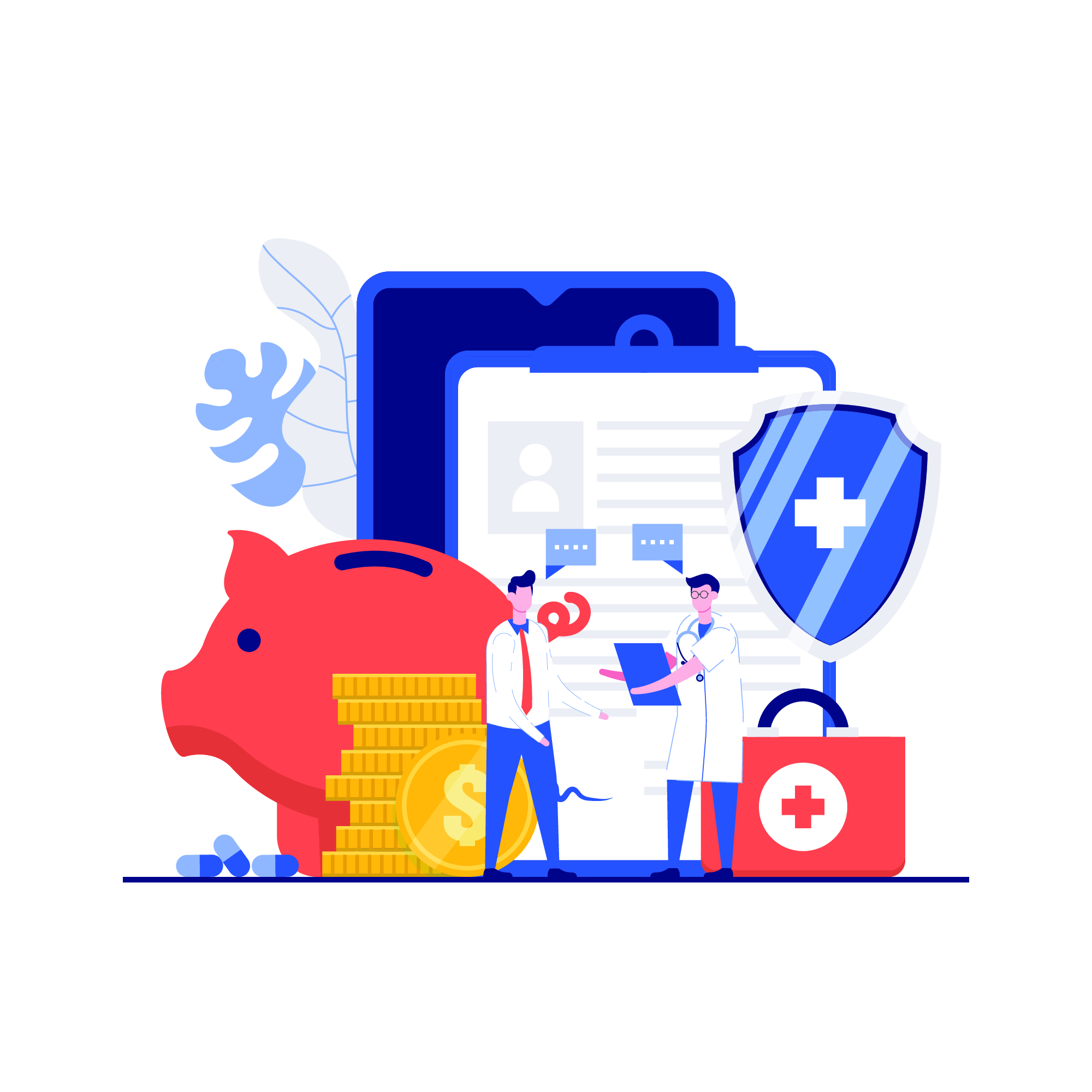As hospitals, health systems, and other healthcare organizations struggle amid inflation and other economic uncertainties, treasury departments have the potential to play a vital role in helping to offset losses.
With the right tools and a strategic hospital cash management approach, hospital treasury management professionals can transform the treasury department from a cost center into a revenue center. Now is an optimal time to take action — the federal funds rate is projected to rise as high as 3.9% to 4.9% in 2023i and economists put the likelihood of a recession this year at 70%.ii
Many healthcare organizations were content to leave their cash alone while interest rates were low, but the tide has turned and finance leaders should adjust their strategies accordingly. Banks are earning more as interest rates rise, but they’re generally not sharing those gains with providers, said Zech Decker, Vice President with the Treasury and Capital Markets practice at management consulting firm Kaufman Hall — a Syntellis strategic alliance partner.
“Ultimately there are two things that you need to consider,” Decker explained. “First, how is your functional group developing its strategy for meeting current and future liquidity requirements? Next, determine what role your bank should play to support those goals.”
Identify Opportunities to Improve Yield
Healthcare treasury professionals should determine exactly how much cash on hand the organization has versus what is needed to operate the business. For example, if they have $100 million cash on hand but only need $40 million, they should consider moving $60 million into a higher yield account or investment vehicle where it can drive more earnings for the organization.
“Now that interest rates are higher, our clients have opportunities to say, ‘What's my best yield and how can I leverage my cash forecast to move dollars out?’” Decker said. “There might be shortfalls during some periods and excess during others, but as you maximize yield retention, the risk profile goes up only minimally.”
This approach typically allows organizations to remain within their desired risk parameters while generating sizable earnings. For example, by analyzing its working capital, one $2 billion health system was able to reduce its operating cash by $50 million-$100 million and invest that money to significantly improve yields for the organization, he added.
Finance leaders also should conduct a thorough bank fee analysis to assess how much the organization spends versus how much it earns in interest. That information then can be used to support the request for a more favorable earnings credit rate (ECR) with their bank.
Leverage Tools to Maximize Earnings and Efficiencies
Many hospital treasury management departments operate with a minimal staff and continue to rely on manual spreadsheets for hospital cash management. They don’t have the right tools to quickly identify and track where the organization’s different funds are being held and how much interest those funds are earning.
Advanced treasury cash management software — like AxiomTM Treasury Cash Management for Healthcare (TCM) — provides greater clarity and allows organizations to optimize limited resources. For example, Axiom TCM includes a calculator to track increased earnings, so treasury personnel can quantify the benefits they deliver.
“Now they can have a seat at the table and show how they impact the business in a big way,” Decker said. “Instead of at the end of the year saying, ‘We earned X-percent interest,’ they can say ‘We moved money to the obligated fund at this rate during this time and we picked up $230,000 worth of value.’”
Having the right software tools also empowers treasury professionals to conduct better cash forecasting to determine how they have operated historically and how much working capital they need on hand to support operations going forward.
Benefit from Greater Visibility into Accounts Payable
Accounts payable optimization is another area of opportunity. Healthcare finance leaders should closely monitor vendor contracts. In many cases, they have flexibility in how and when they pay vendors, and some methods have greater financial benefits than others. For example, they may be able to pay with a virtual card that provides a 2% rebate if they commit to paying within a certain timeframe. In this case, the vendor benefits because they get payment quickly within a defined timeframe while the hospital or health system earns the rebate.
“When we go into an organization and they don't have defined contract payment days, they're not setting the bar for success,” Decker said. “Accounts payable optimization sets that baseline. It gives you future strategy and then allows you to calculate based on goals set and tracked within the software. Then, if the market shifts to a different way of conducting business like SIPs [supplier-initiated payments] or BIPs [buyer-initiated payments], you can adjust and track the value of enhancements.”
Consider the real example of a $7 billion health system that sought better visibility to identify rebate and working capital opportunities within accounts payable. By leveraging the accounts payable module in the Axiom TCM solution, the team identified an additional $600,000 in working capital value based on payment timing.
The health system also used the software to identify growth opportunities within its payment program. By shifting vendor payments from check to an ePayables electronic card, the client obtained an additional $500,000 in rebates.
Making changes to treasury management processes can be daunting for hospital finance leaders navigating the current economic environment. Yet it is because of the current environment that it is more critical than ever to focus on how your organization manages its cash. At the same time, having the right tools makes effective hospital cash management more attainable than ever.
“That's part of the challenge,” Decker said. “CFOs today are fighting fires in margin compression, in labor expense, and other headwinds. They're not collecting as much as they typically do, so thinking about a treasury forecast or accounts payable is probably not top of their list. But those who stop and focus on the changes will benefit year over year — the value is significant.”
Learn more about Axiom Treasury Cash Management here, or request a demo.
Sources: iAdam, J.: “Savings Rates Forecast 2023.” Forbes Advisor, Jan. 9, 2023.
iiGolle, V., Yoo, K.: “Economists Place 70% Chance for U.S. Recession in 2023.” Bloomberg, Dec. 20, 2022.
You also might be interested in...

4 Strategies to Enhance Treasury Operations in Healthcare

Axiom Treasury Cash Management for Healthcare


